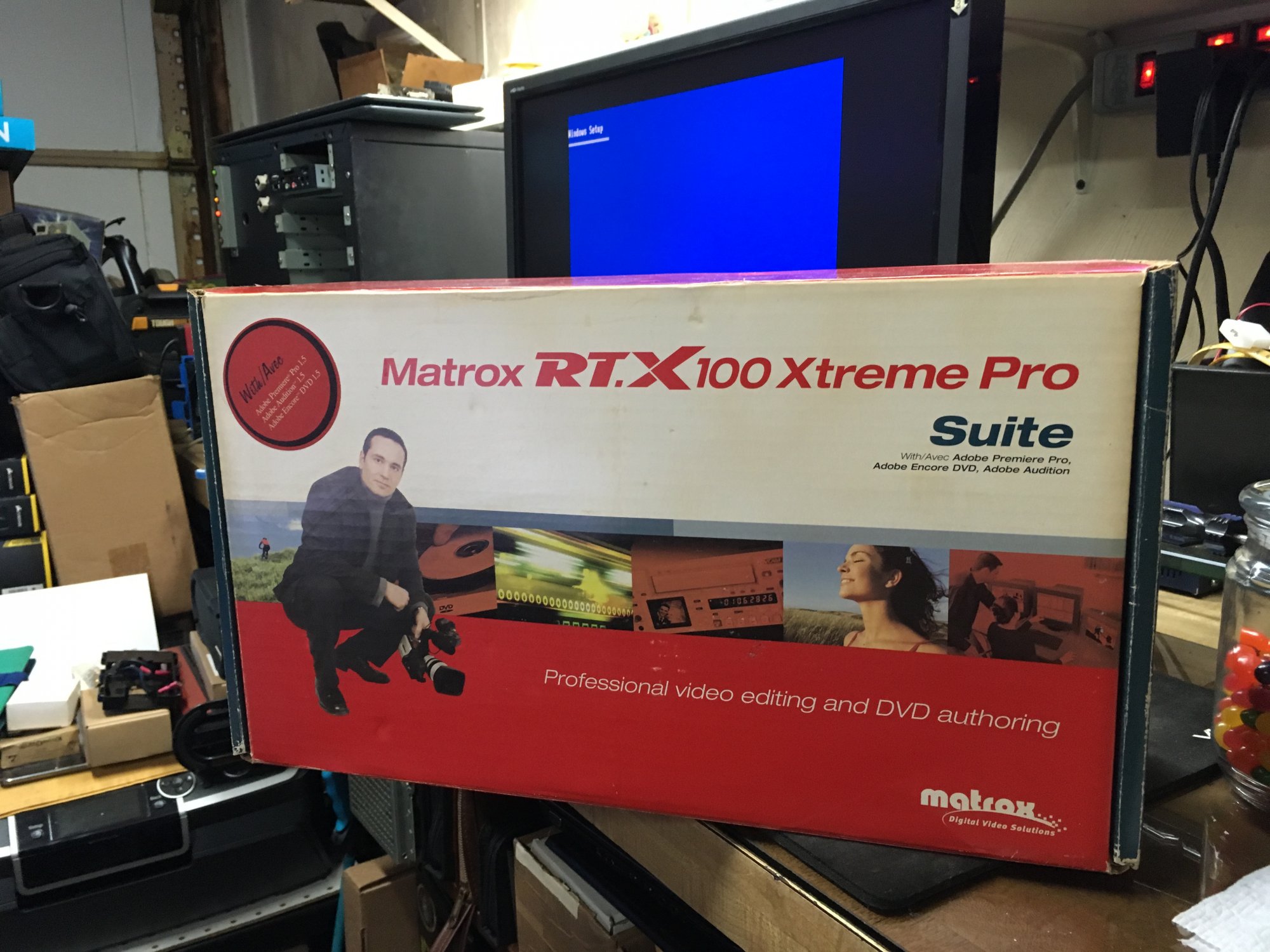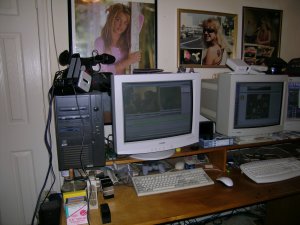erek
[H]F Junkie
- Joined
- Dec 19, 2005
- Messages
- 10,875
"D-Series includes the robust and field-proven Matrox PowerDesk desktop management software. Users can select from a variety of advanced tools—including stretched or independent desktops, clone mode, pivot, bezel management, edge overlap, and more—to easily configure and customize multi-display setups. The feature-rich Matrox MuraControl video wall management software meanwhile provides users with an intuitive platform to manage video wall sources and layouts either locally or remotely, and in real time. Matrox video wall APIs, SDKs, and libraries are also available for developers and AV installers interested in creating custom control functions and applications.
"Video walls don't have to be difficult, and the Matrox D1450 graphics card is a perfect example of how we are constantly aiming to make designs and deployments easier for the customer," said Fadhl Al-Bayaty, business development manager, Matrox. "Having a single-slot, multi-4K-capable card with full-size HDMI connectors provides OEMs and system integrators with a new found flexibility to reach new levels of scalability and convenience from a single video wall processor. We're excited to see our video wall customers take advantage of D1450 in their upcoming installations."
Availability
The Matrox D-Series D1450 quad-monitor HDMI graphics card (part number: D1450-E4GB) is now shipping worldwide."
https://www.techpowerup.com/270507/...-high-density-output-video-walls-now-shipping
"Video walls don't have to be difficult, and the Matrox D1450 graphics card is a perfect example of how we are constantly aiming to make designs and deployments easier for the customer," said Fadhl Al-Bayaty, business development manager, Matrox. "Having a single-slot, multi-4K-capable card with full-size HDMI connectors provides OEMs and system integrators with a new found flexibility to reach new levels of scalability and convenience from a single video wall processor. We're excited to see our video wall customers take advantage of D1450 in their upcoming installations."
Availability
The Matrox D-Series D1450 quad-monitor HDMI graphics card (part number: D1450-E4GB) is now shipping worldwide."
https://www.techpowerup.com/270507/...-high-density-output-video-walls-now-shipping
![[H]ard|Forum](/styles/hardforum/xenforo/logo_dark.png)

